
The reputation of any business on the internet is important. Especially positive reviews from social media users reinforce the customer's trust for your brand which in turn can lead to more sales and the growth of your business.
The question now is - how can you keep track of both positive and negative reviews? How do you know when someone on Instagram is praising the quality of your new product? How do you know when a customer on Twitter is complaining about your customer care service? This is where social listening comes in.
Social media listening allows businesses to keep track of all this data in real-time.
In this guide, I'm going to show you how to get started with social listening.
What is Social Listening?
Social listening is the process of monitoring a brand's presence on social media. It involves tracking mentions of your business, customer feedback, and specific keywords or topics related to your brand, competitors or industry. This is then followed by an in-depth analysis of all the data and acting on the insights you get.
From this definition, you can see that social listening occurs in two phases:
- Monitoring mentions of your brand, products, and the relevant keywords related to your business/industry.
- Analyzing this information and looking for ways to implement the insights you've gotten from the data.
What differentiates social listening from social monitoring is the second phase of the process. Social monitoring involves keeping track of mentions of your brand on social media without analyzing the data.
Social monitoring concentrates more on vanity metrics like the number of times your brand was mentioned online and engagement rates.
Social listening on the other hand, tries to understand why users are engaging with your content in a particular way. It helps you understand your audience, their emotions, and pain points.
For any brand that is interested in improving customer experience and building a solid brand reputation, it is important that it makes use of social listening. If you stop at social monitoring, you would keep creating content or products that your customers don't like. This would in turn affect your brand's growth negatively in the long run.
Let's look at some reasons why it's important to implement social listening into your social media strategy.
Why Social Listening should be part of your Social Media strategy
If you are interested in increasing the efficiency of your marketing campaign and want to improve your ROI, you shouldn't neglect social listening. It offers valuable insights into your customer needs, the industry and competition.
Rather than making assumptions on your customers needs, it is important to develop a system to interpret exactly what they expect to see from your brand.
Here are some benefits you get from social listening:
1. Manage your brand's reputation
Brands use social listening to track "online mood" or social media sentiment. You'll be able to understand how people feel about your brand.
Tracking your brand's mentions on the internet will help you identify negative reviews that could possibly destroy the reputation of your brand on time. This will help you manage any reputation crisis before it becomes too difficult to control.
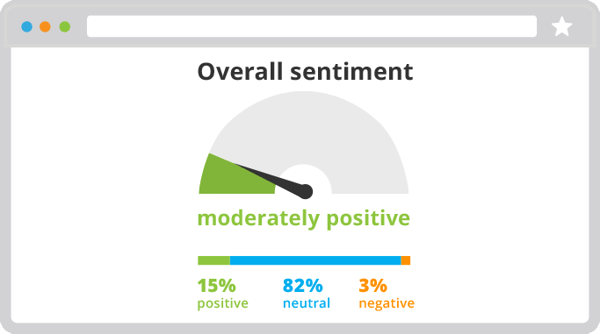
2. Customer engagement
Social listening provides the opportunity to engage in any conversation that concerns your brand – and customers are delighted when brands join their conversation.
Reports from Clutch show that 83% of customers expect brands to respond to their comments on social media in less than 24 hours. In addition, nearly half of all social media users (45%) would view a brand more positively if they responded to negative reviews on social media.
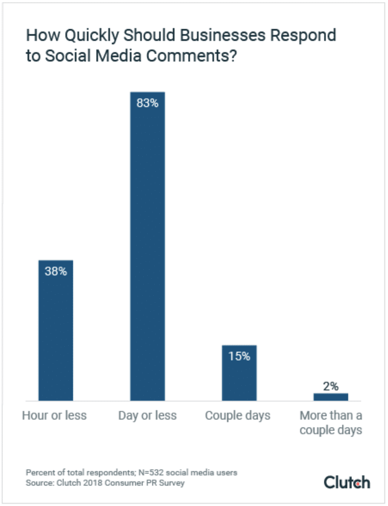
The advantage that social listening offers, is using the data you have gathered to craft valuable responses to customer comments. The more value you offer, the more engagement you'll receive.
3. Analyze your competition
Not only can you track your brand mentions on social media, you are also able to track your competition and monitor what is being said about their products or services on social media.
Performing an in-depth analysis of your competitors will help you to compete better: You'll be able to compare important benchmarks against yourself and also improve your product by adding additional perks that customers want but your competitors do not offer.
4. Product feedback
When Slack changed their brand logo, they got different reactions from their customers on the internet. Through the use of social listening, they were able to determine how they felt about the logo change.
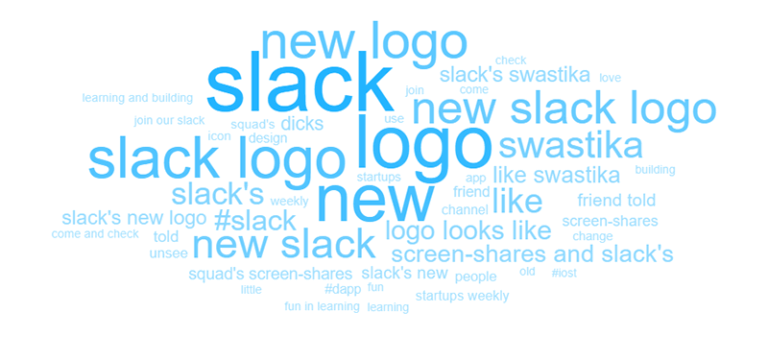
By tracking what customers say about your product online, you are able to understand your audience better. You see how customers react to the changes you make to products or services in real-time.
Since the customer is king, it is important that you make them happy. When you conduct customer intelligence research, you'll be able to create content that resonates with them, which in turn will be beneficial for any marketing campaign. When you understand your audience's needs, you create better ads, write better social media copy, and increase customer engagement.
The difference between Social Media Analytics & Social Media Intelligence
These two terms are often confused or used interchangeably. However, for a business to conduct a successful social media campaign, it is important that you understand the difference between the two terms.
Social media analytics involves gathering of raw historical data and analyzing it. It gives detailed insights into how your business is doing in terms of metrics. You analyze profiles or pages and then measure specific KPIs like comments, likes, shares, followers, response time, retweets, or interactions depending on the platform. The success of your brand's content should be analyzed based on these metrics.
Social media analytics help to create benchmarks for comparing your social media performance against your competition. This will help you to adjust your strategy so as to improve your overall social media performance.
With a social media analytics tool like quintly, you get easy access to quantitative data from all the major social media platforms, you're able to analyze your social media numbers in-depth, and see how you fare against competition.
Social media listening is more about understanding the conversations that people are having about your brand on different social media platforms. It gives insight on where you fit in your industry.
Social media listening is essential in finding key influencers in your industry. It helps you to accurately measure the reach of your brand in both owned and earned media. A social media listening analysis helps a brand to understand the performance of content in their own channels and on social media.
With social media listening, you are able to understand why, where, and how these conversations are happening. This helps you to improve your future campaigns, create better influencer programs, and outpace your competition.
Once data from your social listening tool has been gathered, you can analyze it using the following options:
- Sentiment analysis: This option allows you to understand customer sentiment, i.e, how they feel about your brand or product. You get to analyze the amount of positive or negative reviews a product has. You'll also understand if a new campaign is successful or if it is unpopular within your target audience.
- Influencer scores: You will able to understand the reach of influencers and analyze who are the best people to work with to push your brand content on social media.
- Competitive analysis: Analyze your competition, their reach, and the audience that interacts with them the most. You will be able to create benchmarks and compare your brand's performance against your competition.
To summarize both terms, social media listening crawls the web to help you understand where your brand is mentioned on the internet and the important industry trends that will affect the growth of your business. It can help you respond to customer complaints quickly and manage your company's image online.
Social media analytics gather data from several networks and put them in a central location so that you can easily access your performance. In order to have a holistic view of your brand's performance, customers, industry, and influencers, you should combine both listening and analytics. Using both strategies will ensure that you have a complete and more efficient social media strategy.
Social Listening Strategies to Boost Business Growth
Determine your goals
The first step to take so as to maximize the performance of your social listening effort is determining the goals you want to achieve. You have to build your social listening strategy around the goals and objectives you are trying to meet. Some of the most popular goals you can aim for can be:
- Customer service: find and offer solutions to your customers problems regarding to your product or service.
- Reputation management: anticipate and mitigate any crisis that might negatively affect your brand name.
- Brand monitoring: research what people are saying about your brand in real-time.
- Market research & Competitor analysis: understand your target audience, research what people are saying about your competitors, and have firsthand insights on what is trending in your industry.
When you have defined your goals, you'll know where to target your marketing efforts.
Understanding your objectives will help you determine the right keywords to monitor the brands you are in competition with, the influencer campaigns to pursue and the conversations that are of direct importance to your brand.
Perform market research
The reason why social listening works for market research is that any information you get is directly from your users. Unlike surveys and focus groups where you are the one choosing questions being asked, social media listening offers you insights into aspects of your business you may haven't considered before.
The first step to performing market research is to identify your target audience. Often, the idea you have of your target audience might be different from the people who actually buy your product. You should define your ideal customer before you start any campaign.
To find your target audience, you need to monitor your brand name and the names of your competitors into your social media monitoring tool of choice. (Tip: You need to add any possible abbreviations or misspellings you can think of for a more accurate result).
After you have added the names, research the areas where people mentioned your product or service.
The next step would be categorizing the individuals mentioning your brand in terms of demographics, locations, preferred social media platforms, psychographics, etc. This information will give you a more rounded view of who your target audience is.
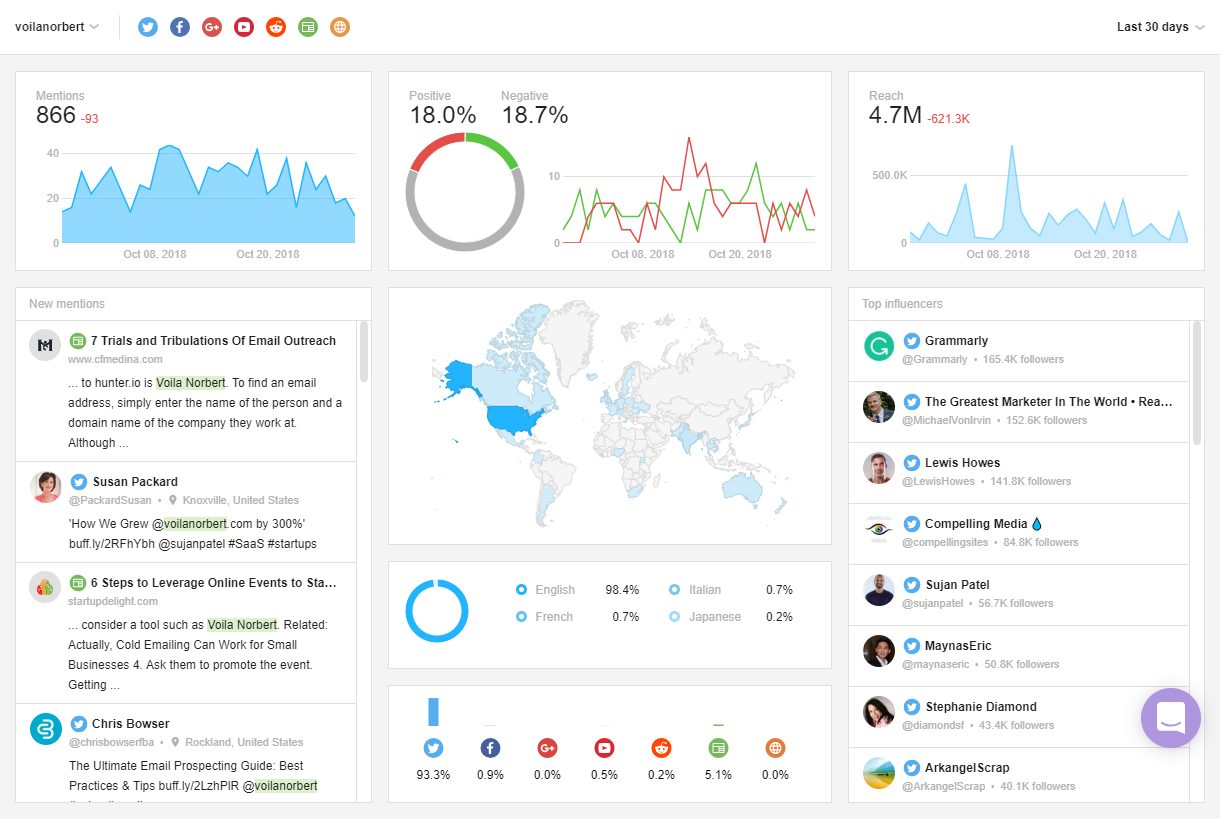
Another important aspect of market research you cannot ignore is tracking current and emerging trends.
Most of the trends that come up are generated from social media. The quickest way to keep up with these trends is by monitoring the activities of social media influencers in your niche. Many social listening tools will help you monitoring the trending keywords and hashtags in your industry.
You can also monitor platforms like Reddit, Twitter, community forums, and blogs for keywords that are related to your product or niche.
Customer service (respond to complaints and questions quickly)
There are over 2.65 billion social media users worldwide, and a large majority of these individuals are making use of social media platforms to connect with brands and businesses. When customers ask questions regarding a brand, they assume that the brand is already on social media and expect an immediate response.
Social media users dislike receiving late answers to their questions or complaints. That being said, most users expect to receive answers from a brand an hour after posting. Research also shows that 71% of customers that receive quick and effective responses are more likely to introduce the brand to their friends and family.
A good way to answer users' questions is by creating content on hot trends, relevant news and conversations. While it may be impossible to answer every user, you can use the data you have collected to create resources that answer most of these questions.
When social listening tools are used efficiently, social media can be an effective customer service channel.
Listen to industries closely related to yours
While it's important to perform extensive social listening on your business and the industry you are in, it can be very helpful to take a look at other industries for insights. Researching them can help you find creative solutions that might not be popular in your own industry. This can give you an edge over your competitors.
For example, a company that sells CRM software can gain valuable insights from social listening on an industry that sells another kind of software. You can research how they solve problems and implement fitting approaches to your business.
Find the right tool
If you decide to start doing social listening, you need a good tool. It should meet the following criteria:
- It should curate data from all social media platforms that are important to you
- Provide in-depth analytics that are easy to access and understand
- A user-friendly user interface and dashboard
- The ability to respond to messages and interact with customers from within the apps.
Here are some of the best social media listening tools you can check out – most of them offer free trials, so you can test them before making any decisions.
q. Talkwalker
Talkwalker gives brands access to advanced social listening capabilities. It comes with a virality map that contains comprehensive and highly interactive details of all the trends happening around the world.
2. Brandwatch
Brandwatch is a powerful social media monitoring platform that allows you to collect, analyze, and report relevant social media insights that are related to your brand or industry. It crawls the internet and gathers data from up to 90 million sources in 27 languages. An added advantage of this platform is that it comes with image recognition that can track and analyze any logo.
3. Mention
Mention is an online platform that monitors brand mentions all over the internet. It utilizes a vast network that monitors billions of online sources in over 40 languages. The platform provides businesses with detailed insights into customer sentiments, trends, keywords and real-time conversations.
4. Review Trackers
Review Trackers allows businesses to monitor reviews of their brand on over 85 review websites. You get notified of mentions of your brand 15 minutes after it is posted
5. NetBase
NetBase is an online platform that makes use of Natural Language Processing (NLP) to help businesses understand customer behaviors and sentiments so as to improve their marketing strategy.
Conclusion
Social media trends and consumer behavior is changing rapidly every day. If you don't keep up with the latest trends, it will be hard to compete with other brands in the long run. Additionally, customers are looking for brands that interact regularly with them, provide actionable support and consistently deliver value. You can only achieve these things with an effective social listening strategy.
It's important to analyze the conversations people are having about your brand, business or industry. Having these insights will help you improving your social media and business strategies.
Related articles
Corporate Influencers: Your Employees as Brand Ambassadors
10 social media tactics for 2020
How to take your Snapchat strategy to the next level
40 social media buzzwords every marketer needs to know
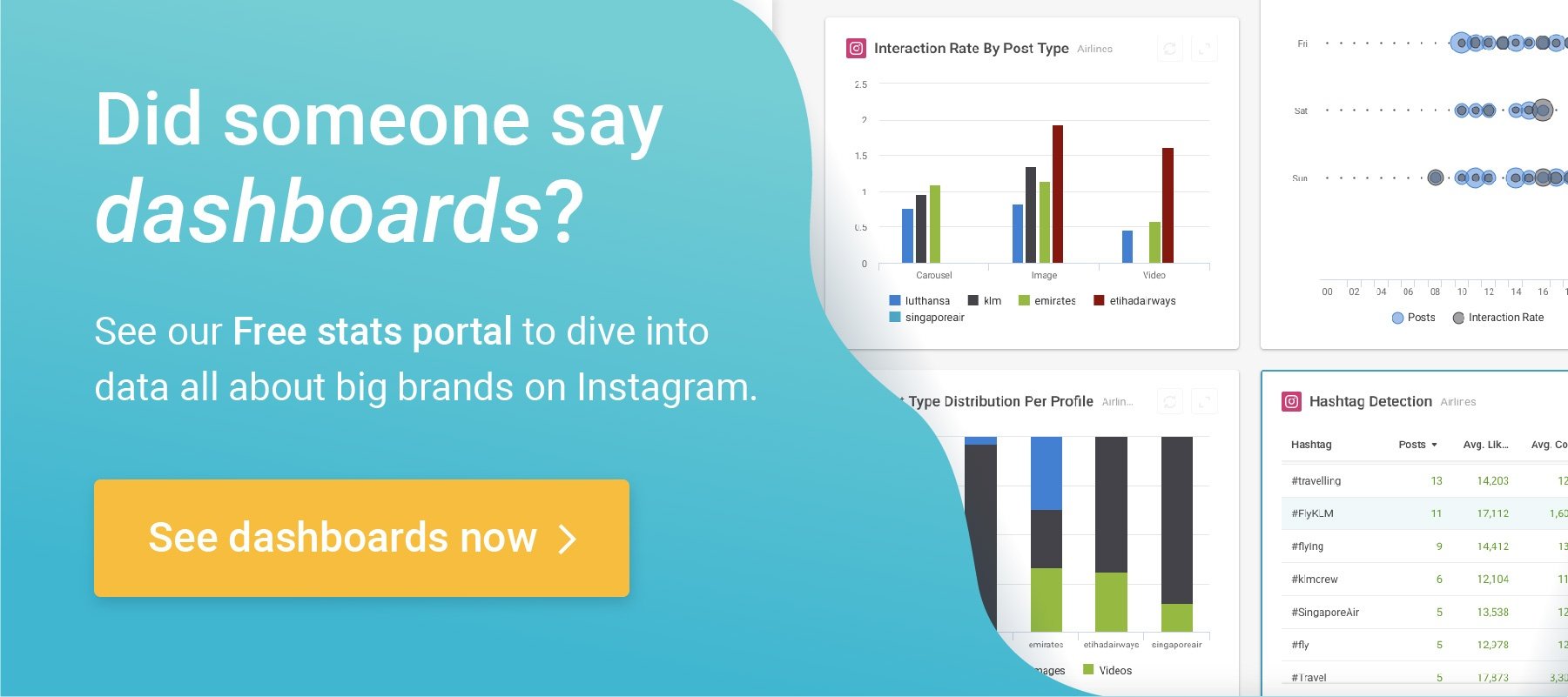
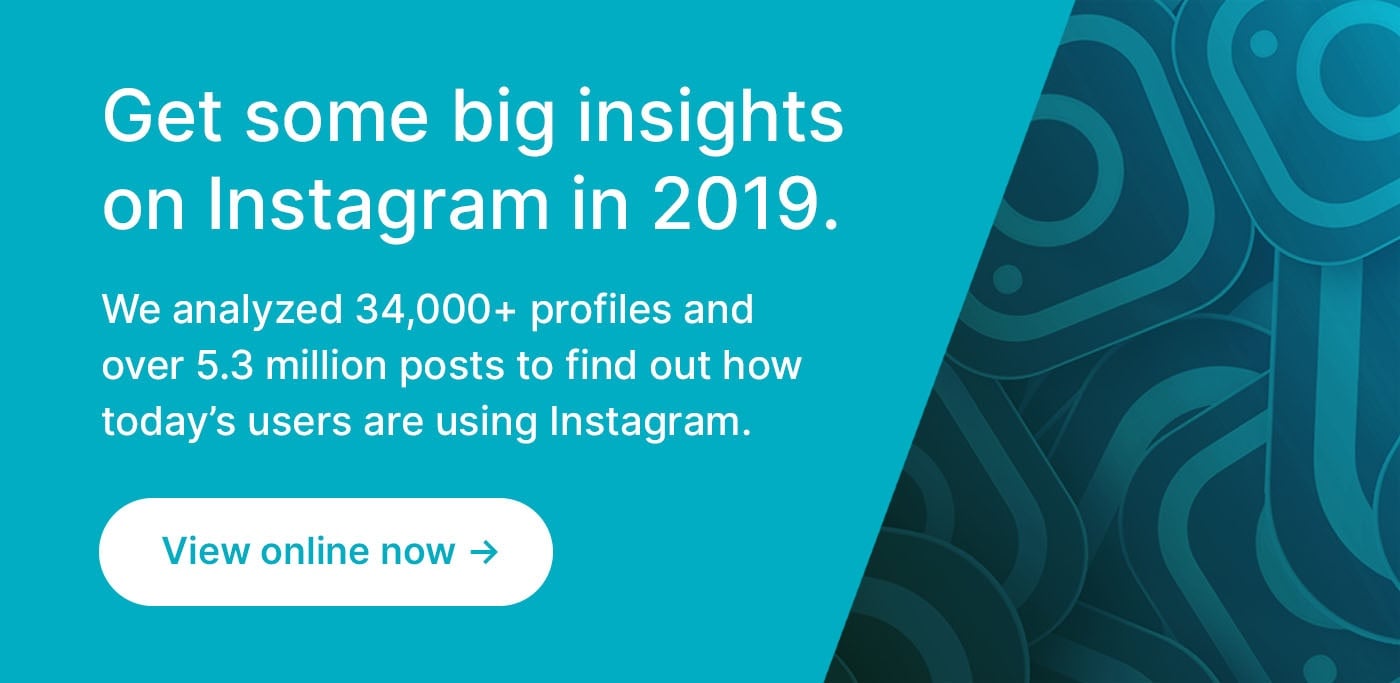
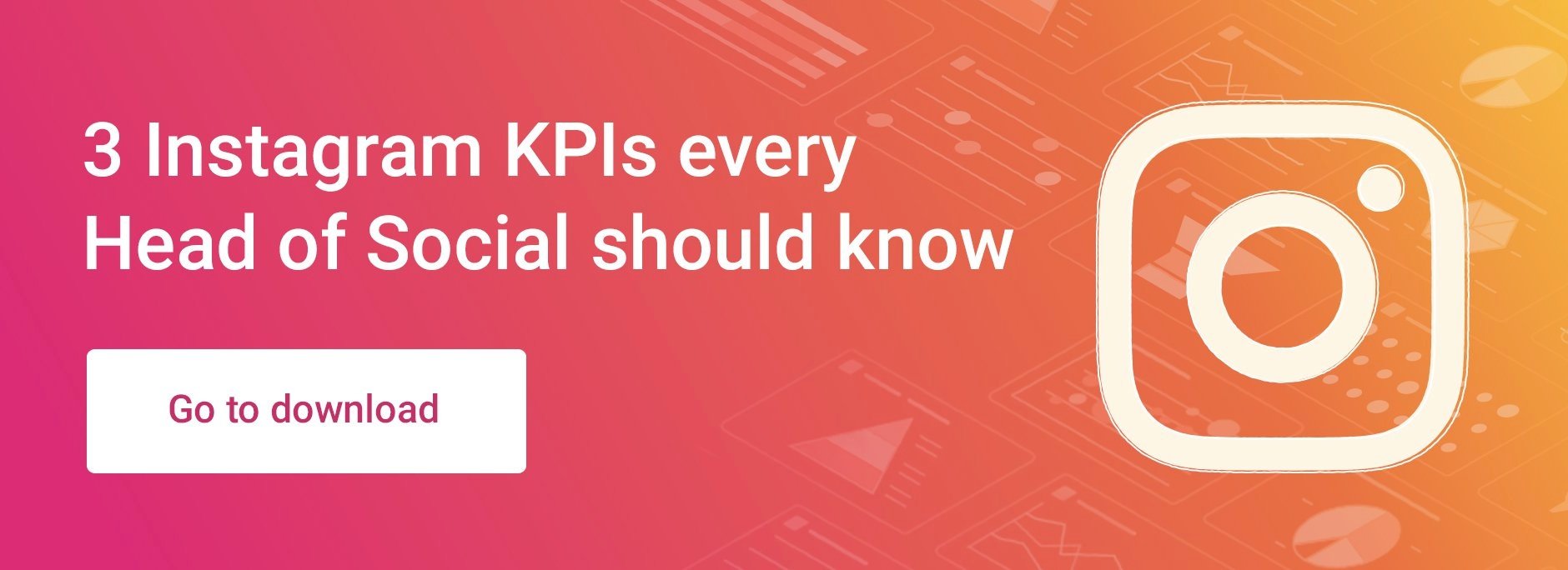


Join the conversation. Leave us a comment below!